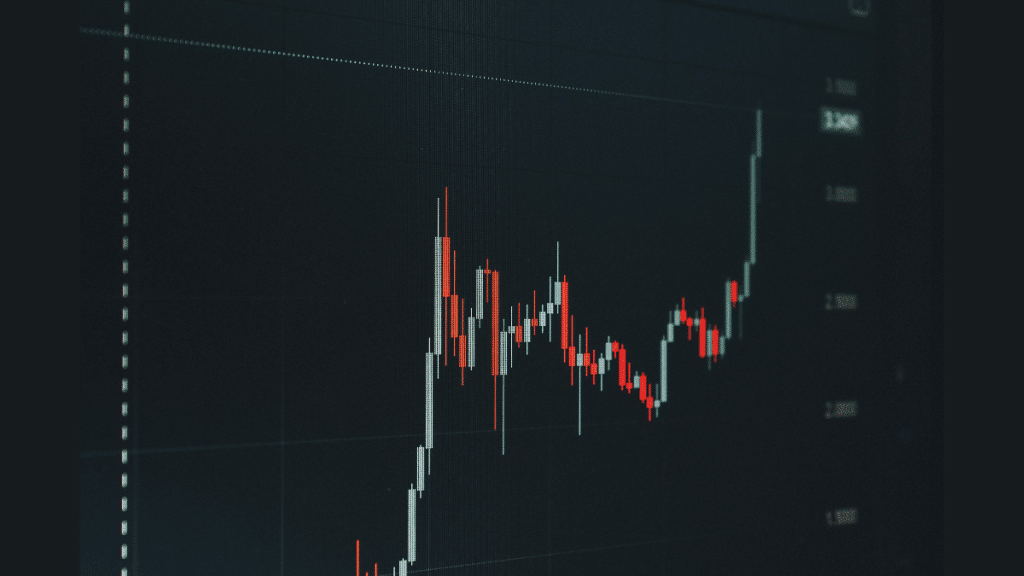With growing interest in the capacity of the blockchain to support more secure transactions and decentralized applications (from finance to Web3 games), blockchain platforms have moved from a fringe interest to a mainstream phenomenon. And amid both signs of a faltering dollar and rising Bitcoin, Ethereum, and XRP price, more investors are transferring portions of their wealth from fiat currency to cryptocurrency.
Investors’ hurry to hedge against a weakening dollar isn’t the only thing behind the recent upswings in value, especially for XRP. While many traders take a buy-and-hold (HODL) strategy with Bitcoin and other large cryptocurrencies, XRP’s appeal works a little differently. XRP is a utility token, designed specifically to facilitate more secure, inexpensive money transfers across international borders.
The Vision Behind XRP
When the Ripple blockchain began issuing the XRP coin in 2012, the vision was to offer a new kind of cryptocurrency. While Bitcoin is intended as an alternative to fiat currencies, utility tokens are designed for specific uses. In the case of XRP, it is used to help financial institutions and entrepreneurs issue cross-border payments at a lower cost than conventional transfers.
As the global economy becomes more interconnected and the demand for international money transfers grows, investors and banks alike are drawn to the appeal of a cheaper, more secure, and faster way to move funds. A growing number of banks are using XRP as a bridge currency to add liquidity.
XRP vs. Ethereum
The public usually thinks of Ethereum in connection with utility tokens because when it comes to decentralized finance, Ethereum dominates in the blockchain ecosystem. However, XRP actually predates Ethereum by three years. Ripple’s purpose is much more specialized than Ethereum’s, and because of Ripple’s success in fulfilling that purpose, XRP has reached a market capitalization almost as large as Ethereum’s. For those interested specifically in cross-border payments, XRP is faster and less expensive than other large platforms.
This is due to Ripple’s unique approach to validating transactions. Bitcoin and Ethereum’s models for consensus validation require a lot of computing power. Bitcoin validates its transactions using computational puzzles (a Proof-of-Work model), while Ethereum rewards investors who “stake” some of their currency, allowing them to earn a percentage on their stake in return for validating transactions (Proof-of-Stake). Ripple, however, uses its homegrown Ripple Protocol Consensus Algorithm (RPCA), validating XRP transactions by polling trusted users. Trusted nodes on the blockchain vote on the validity of payments, which means that Ripple can validate transactions while expending very little computing power.
This makes it possible to process transactions in XRP quickly and with lower fees. While Ethereum, for example, takes 15 seconds on average to process a transaction, XRP requires only 3-5 seconds. And while processing a transaction in ETH costs, on average, half a cent, XRP’s average transaction fee is a mere $0.0002.
Bullish About the Future?
All this has led to a lot of hype for XRP. But what does the future look like for this coin? While predicting the future growth of a cryptocurrency is an uncertain science, three tailwinds currently drive XRP’s growth and bring in large investors despite the day-to-day volatility in XRP price.
First, Ripple is perceived as having gained more legitimacy in the aftermath of a successful court ruling; in August of last year, a legal win in SEC vs. Ripple helped clarify the regulatory status of the XRP token.
Second, in early April, Ripple announced the acquisition of a prime broker for $1.25 billion. This has signaled to large financial institutions that the platform is prepared to support high-volume transactions, increasing XRP’s credibility.
Third, many crypto investors anticipate that XRP may soon be approved to issue exchange-traded funds (ETFs), following the recent approval for Bitcoin and Ethereum ETFs. XRP is currently the third-largest cryptocurrency in the world in terms of market capitalization, surpassing Tether (USDT) and following Bitcoin and Ethereum. Its market cap is currently over $137 billion.
Why XRP’s Future Looks Brighter Than Ever
These factors have stoked bullish sentiment and have encouraged more investment from large institutions. While the regulatory environment is rarely predictable, XRP’s ability to enable fast, low-cost cross-border payments continues to attract attention. As the crypto market moves into the summer, investors will want to watch the fluctuations in XRP price for signs of shifting sentiment toward this unique cryptocurrency.
